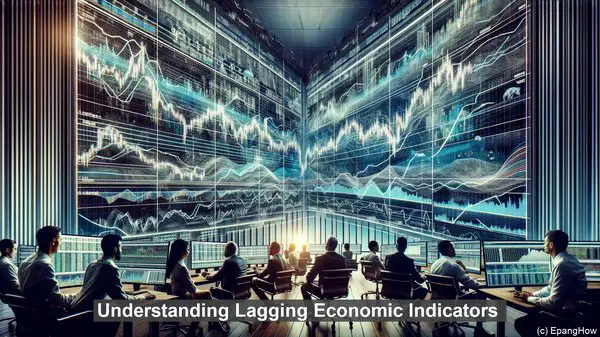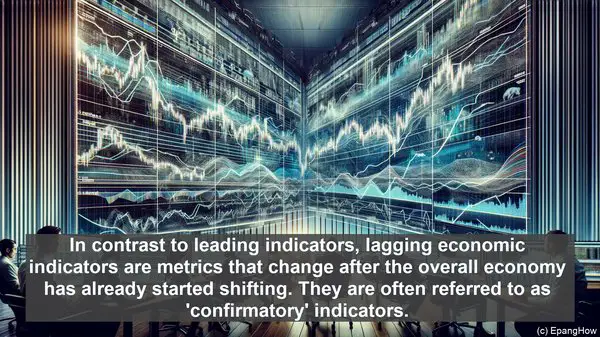Introduction: The Role of Economic Indicators
Hello everyone! Welcome to this article on economic indicators. In the vast and dynamic world of economics, indicators serve as vital tools for economists, policymakers, and businesses alike. They provide valuable insights into the current and future state of an economy, aiding in decision-making and strategic planning.
Defining Leading Economic Indicators
Leading economic indicators are metrics that tend to change before the overall economy does. They are often seen as ‘predictors’ of future economic activity. Examples of leading indicators include stock market performance, building permits, and consumer expectations. These indicators are closely monitored as they can provide early signals of economic shifts.

The Significance of Leading Indicators
Leading indicators are crucial for several reasons. Firstly, they offer insights into the direction an economy might take in the near future. By analyzing leading indicators, economists can identify potential turning points, such as an upcoming recession or economic expansion. This information is invaluable for policymakers and businesses, allowing them to take proactive measures. Additionally, leading indicators can help in assessing the effectiveness of economic policies or interventions. If a leading indicator shows a positive response, it indicates that the implemented measures are yielding the desired results.
Understanding Lagging Economic Indicators
In contrast to leading indicators, lagging economic indicators are metrics that change after the overall economy has already started shifting. They are often referred to as ‘confirmatory’ indicators. Examples of lagging indicators include unemployment rates, inflation rates, and corporate profits. These indicators are retrospective in nature, providing a historical view of economic performance.
The Role of Lagging Indicators
Lagging indicators are essential for assessing the impact and sustainability of economic changes. For instance, a decline in unemployment rates might indicate that an economic recovery is underway. Similarly, an increase in corporate profits can be a sign of a thriving business environment. Lagging indicators are also crucial for validating or challenging assumptions made based on leading indicators. They provide a more comprehensive picture of the economy, considering both past and present trends.
The Interplay between Leading and Lagging Indicators
While leading and lagging indicators have distinct roles, they are interconnected. Leading indicators can provide early warnings or signals, prompting economists to closely monitor lagging indicators. Conversely, lagging indicators can validate or challenge the predictions made based on leading indicators. This interplay between the two types of indicators enhances the accuracy and reliability of economic analysis and forecasting.

